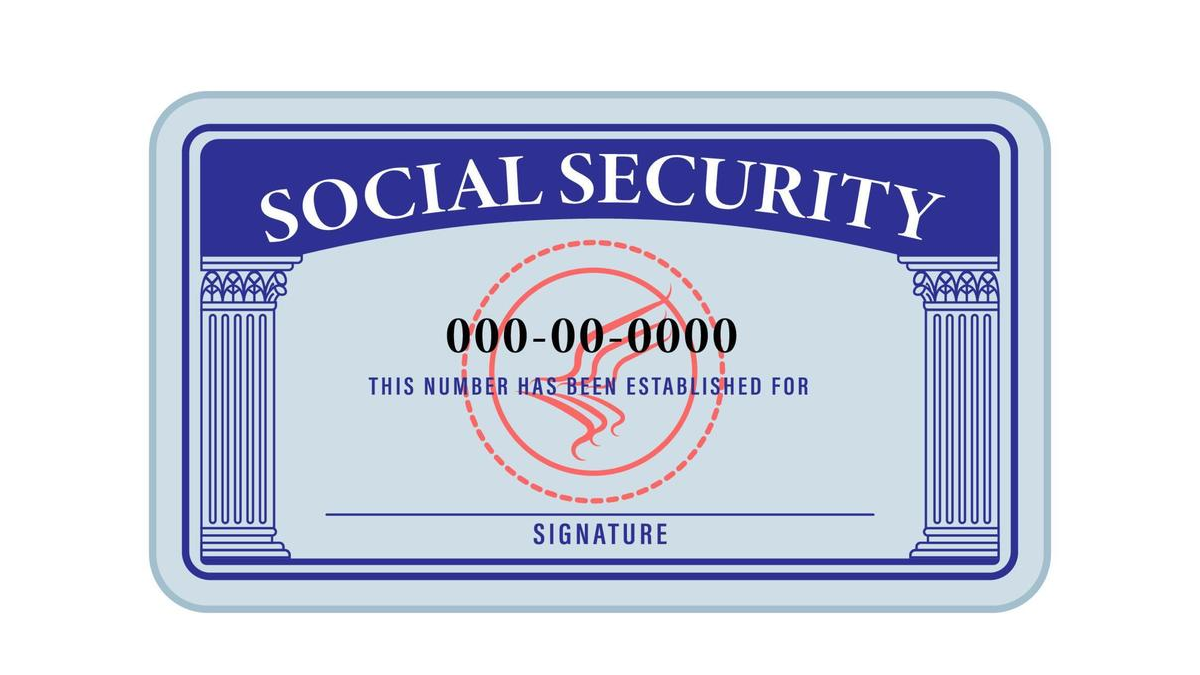The Social Security card is a vital piece of identification in the United States, serving as proof of an individual’s Social Security number for employment and tax purposes. Given its importance, many holders may consider laminating their card to protect it from wear and tear. However, the legality of laminating a Social Security card is subject to specific guidelines issued by the Social Security Administration (SSA). This article examines the legal considerations surrounding the lamination of Social Security cards, providing clarity on SSA policies and the implications of altering the physical state of this crucial document.
SSA Stance on Lamination
The Social Security Administration explicitly advises against the lamination of Social Security cards. This recommendation is rooted in the card’s security features, which may be compromised or obscured by lamination.
Social Security Administration Advisory: “Do not laminate your card. Lamination prevents the detection of many security features. However, you may cover the card with plastic or other removable material if it does not damage the card.”
While the SSA’s guidance stops short of declaring lamination illegal, it strongly discourages the practice due to the potential for hindering the verification processes that rely on the card’s built-in security measures.
Legal Implications and Considerations
The question of legality concerning the lamination of Social Security cards primarily concerns the potential for obstructing the card’s security features. While no specific federal law directly prohibits the lamination of Social Security cards, doing so can create practical complications, especially in situations where the card’s authenticity needs to be verified.
- Verification Challenges: Entities that require an inspection of the Social Security card, such as employers or government agencies, may have difficulty verifying a laminated card’s authenticity, leading to administrative issues or delays.
Protecting Your Social Security Card
Given the SSA’s advisory against lamination, individuals are encouraged to consider alternative methods to protect their Social Security card from damage:
- Use Protective Sleeves: Placing the Social Security card in a protective plastic sleeve that does not permanently alter the card is a recommended alternative.
- Safe Storage: Keeping the Social Security card in a secure location, away from daily wear and tear, reduces the need for lamination as a protective measure.
Conclusion
While not explicitly illegal, the lamination of Social Security cards is strongly advised against by the Social Security Administration due to the potential to interfere with the card’s security features and the verification process. Individuals looking to preserve the integrity of their Social Security card should consider alternative protection methods that do not compromise the card’s security elements or its verification utility. Understanding and adhering to the SSA’s guidance ensures that your Social Security card remains a valid and verifiable document for all necessary legal and administrative purposes.
References
- Social Security Administration’s guidelines on Social Security cards: https://www.ssa.gov









Leave a Reply